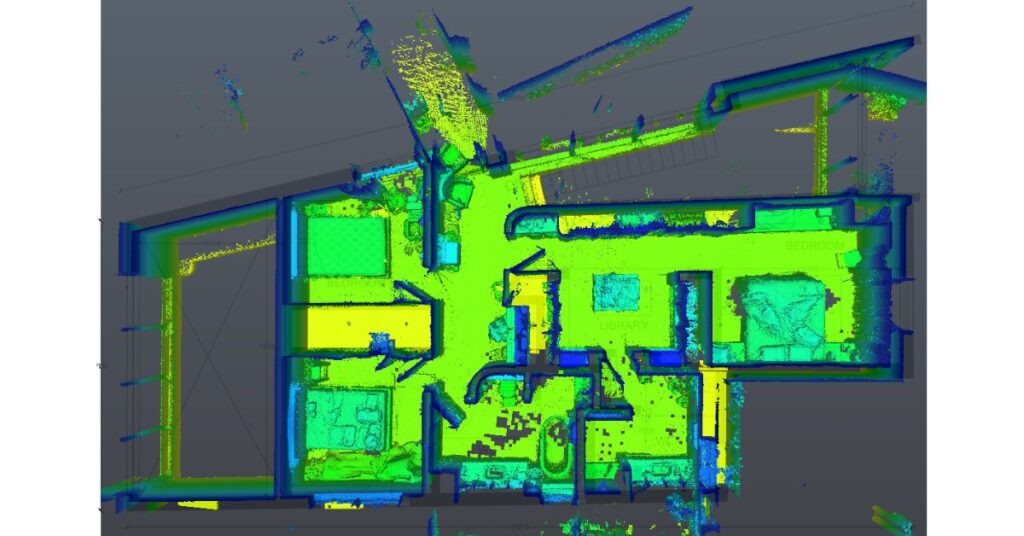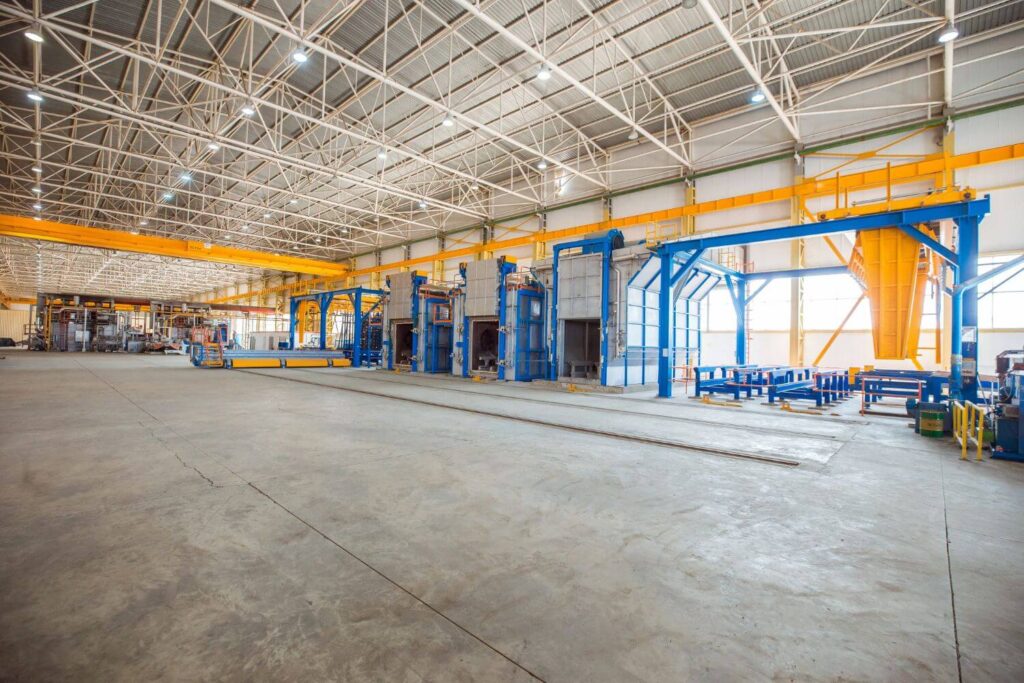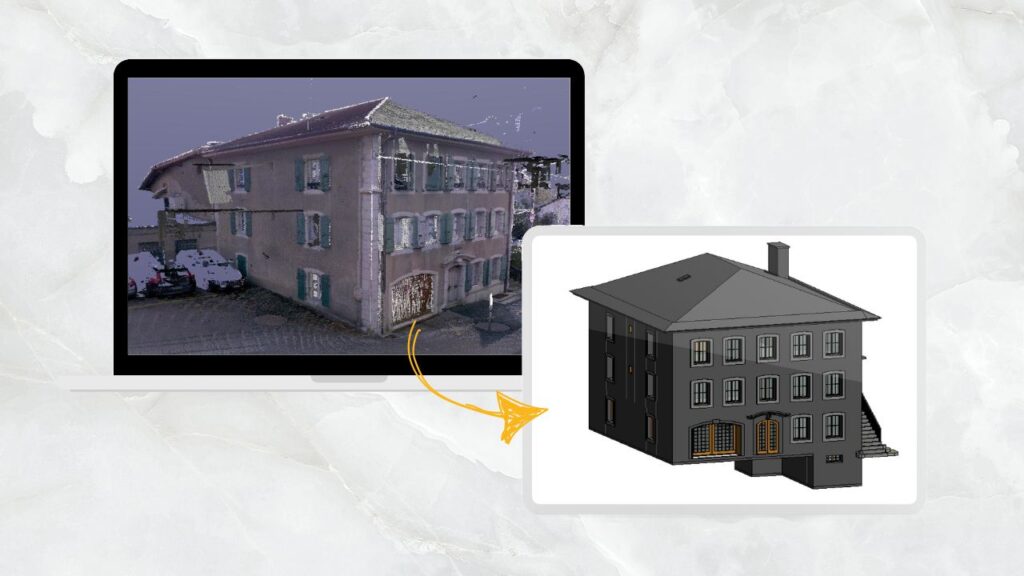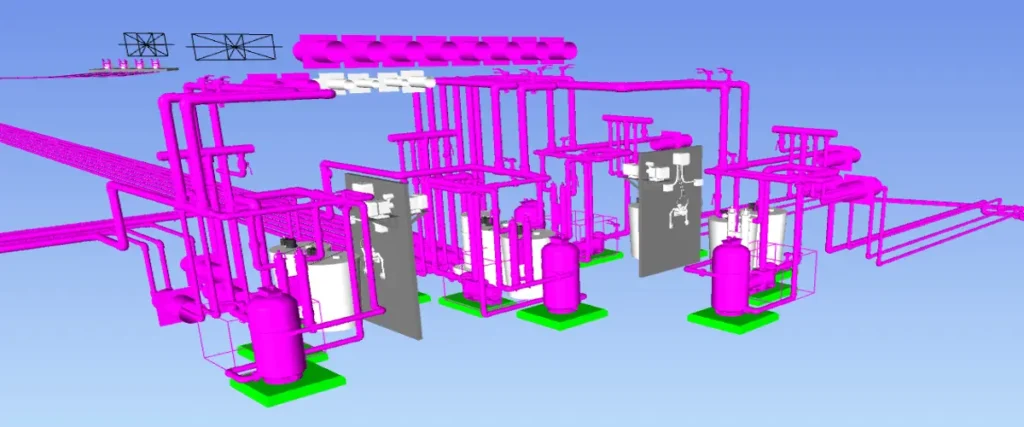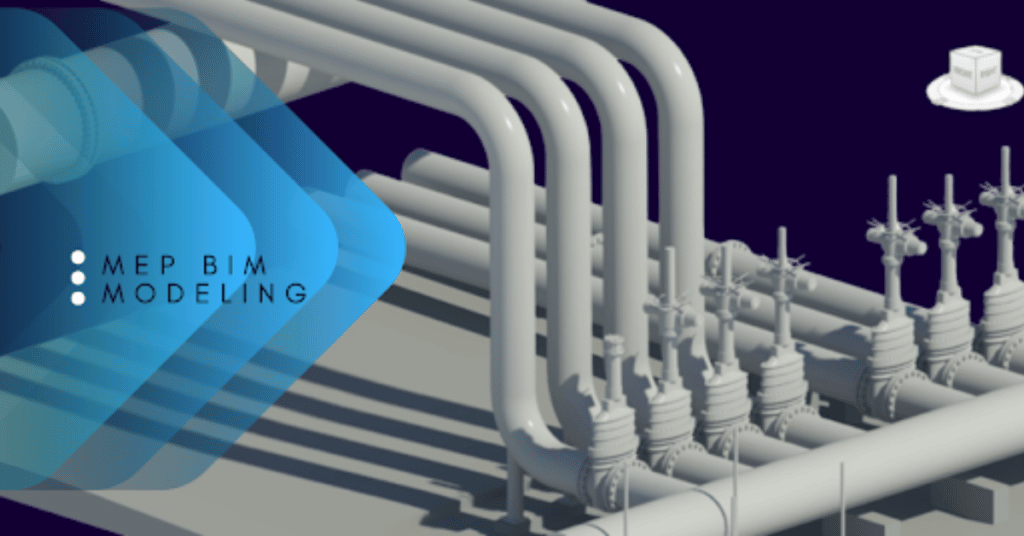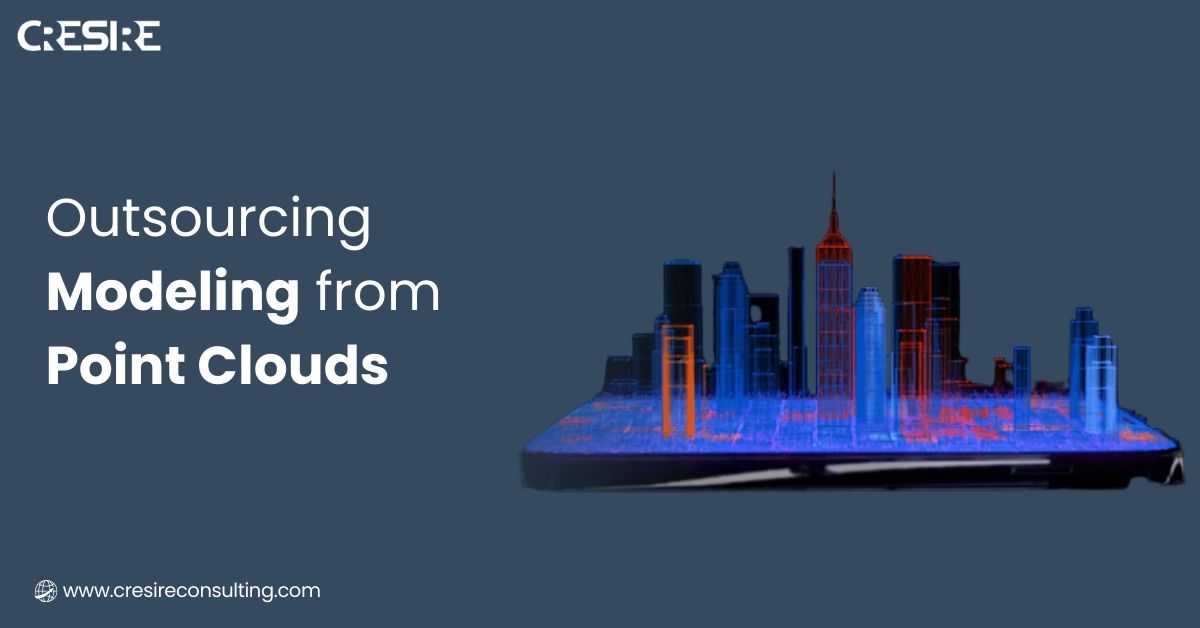
Table of Contents
The Rising Demand for Modeling from Point Cloud Data
Walk into any construction site or heritage restoration project today, and you’ll likely hear the word point cloud thrown around. Why? Because capturing millions of data points through laser scanning has become the fastest way to record real-world conditions. But here’s the twist, while capturing the data is quick, turning it into a usable 3D model isn’t. That’s where modeling from point cloud data enters the scene.
MSMEs and even big companies in the architecture, engineering, and construction industries are increasingly leaning on BIM specialists for creating revit model from point cloud data. The growing demand is not just about visualization but precision, efficiency, and facilities management especially for renovation and retrofit projects. And more often than not, Outsourcing Modeling from Point Cloud Data has proven to be the smarter play.
What is Modeling from Point Cloud Data?
At its core, modeling from point cloud data is about taking raw laser scan files, millions of dots floating in digital space, and giving them a solid digital structure. Imagine it like this: you’ve got a giant puzzle made up of tiny, glowing points. By themselves, they don’t mean much. But once processed and 3D modeled, they become walls, windows, ducts, pipes, and every other detail of a building.
This process, often called point cloud modelling, serves different purposes. For architects and construction professionals, it means getting a precise revit model from point cloud data like a digital twin of an existing site. For engineers, it offers reliable building geometry to plan modifications. For surveyors, it acts as proof of exact building & site conditions at the time of capture.
And let’s not forget the software side. Most firms are not just keeping the data in its raw form. They’re creating Revit models from point cloud data or generating a point cloud to CAD model to make design work practical and promote design collaboration in a digital space between project stakeholders. That’s where real value begins: turning dots into data-driven decisions.
Why Outsourcing Modeling from Point Cloud is a Smart Move
Now, here’s the thing: processing point cloud data isn’t everyone’s cup of tea. It demands powerful systems, seasoned professionals, and more hours than most in-house teams can spare. Many firms underestimate the effort it takes to clean noise, align scans, and then accurately rebuild models. Outsourcing also levels the playing field for smaller firms. You don’t need to be a large multinational to access high-quality point cloud to CAD models, perhaps you just need the right partner.
So why do more companies outsource this work? A few reasons stand out:
- Effective Production Cost Strategies: Maintaining an in-house team for specialized point cloud modelling can bring in considerable expenses including hardware, licensing and hiring. This could potentially impact the production budget especially for MSMEs. Outsourcing modeling from point cloud data allows firms to scale up or down without fixed overheads.
- Expertise on demand: BIM professionals who work daily on creating Revit models from point cloud data have experience of working on diverse AEC projects from different sectors. They bring better precision to the final Revit models
- Efficient Process: The projects that could drag on for weeks internally as they resource resource training and considerable production efforts. Through outsourcing, the projects are often delivered faster when handled by dedicated BIM partners
- Focus on main business: The architects and engineers can stick to their main service offerings that are of design and project management. They simply have to explain the requirement and set deadlines for modeling from point cloud data services.
How to Choose the Right Point Cloud Modelling Partner
Alright, so outsourcing makes sense. But not every provider is created equal. Picking the wrong partner could mean rework, wasted hours, or worse—flawed data that derails a project. So what should you look for?
- Experience across project types A good partner has handled everything from small residential scans to massive infrastructure projects. Ask for case studies or samples of their modeling from point cloud data work.
- Technical capability Do they have teams skilled in both processing point cloud data and advanced software like Revit, AutoCAD, or Navisworks? Can they deliver both a point cloud to CAD model and a BIM-ready version depending on your needs?
- Scalability and turnaround
Can they handle tight deadlines? Do they have enough skilled resources to ramp up for larger projects without compromising quality - Communication and support
This one’s underrated. A reliable outsourcing partner keeps communication open, answers queries quickly, and doesn’t leave you hanging mid-project.
Conclusion
Modeling from point cloud data has shifted from being a niche service to a mainstream necessity. As laser scanning keeps gaining ground in construction, restoration, and facility management, the demand for accurate models will only rise. Point cloud modelling requires a careful approach for creating points into editable architectural and engineering Revit models containing design elements like doors, windows, walls, beams, columns etc.
In the end, whether you’re an architect sketching a renovation, an engineer mapping out structural changes, or a surveyor proving site conditions, one thing is clear: outsourcing your modeling from point cloud data can transform overwhelming data into actionable insight and keep your projects moving forward with confidence.
Need support for Modeling from Point Cloud Data?
At CRESIRE, we have skilled BIM professionals who help you develop accurate 3D Revit models from point cloud data across a wide range of projects in diverse sectors. Whether you’re based in the USA, UK, Europe, or Australia, we deliver high-quality BIM services to all AEC and surveying professionals in all sectors; commercial, residential, hospitality, healthcare, amphitheaters and infrastructure.

